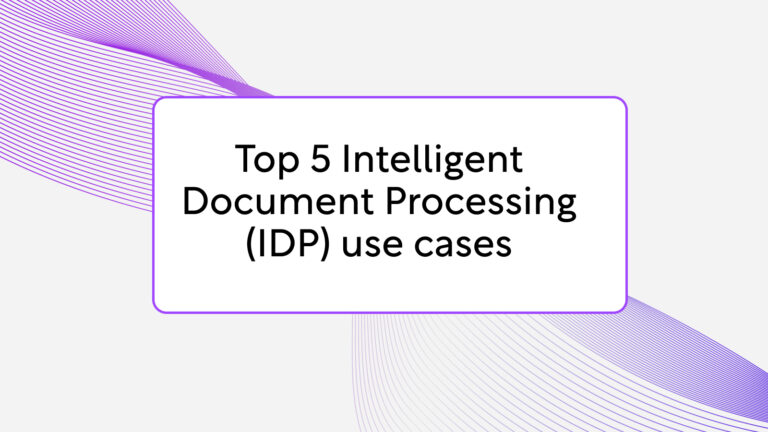When I started my school going life, I remember that there was a typewriter that you had to use to learn to type. Which was pretty weird, because we already had a computer in our classroom. Nevertheless it was absolutely necessary and mandatory that we learned to type on that machine, but why was never clarified. Being already rebellious as a kid, and in some occasions rather destructive, I dislodged the letter P and switched it with the letter D. Hardcore, I know. When my classmate Denis tried to type his name, it was the highlight of hilarity that year. Oh, and detention as well.
The rebellion stayed, though in a more refined way (as far as I know, the destructiveness has calmed down). It was very practical to have when I was part of a huge digitalisation project of employee records, paper records were first digitalised and after destroyed. Around 600 separate HR administrations needed to come together in one big system giving access to all the files to the appropriate parties. After engaging with the people who were managing these administrations, I never dared to call myself rebellious again. The resistance to the change (and improvement!) that we brought was enormous. It was like comparing my ‘petty typewriter crime’ to the French Revolution.
It was not so much that the old way was so good, but rather that it was known. I spent many hours debating and defending the new digital way of working and listening to many arguments why to keep everything on paper. Truth be told, it is not all bad to keep your files in a drawer, but you need to take a critical look to the advantages and disadvantages this approach offer and how to handle them.
Call me old fashioned, but…..
“A piece of paper is just really there, you know”. I heard this phrase a couple of times and I am still not really sure on what it means. But not to be petty, this is a symbol of distrust towards a digital system. It is not uncommon, and definitely not always unfounded, to have this distrust. Lately, cyber security has been a central point of attention for several incidents. Especially the older generation has developed an, again not always unfounded, distrust of these approaches. The trust we put in older methods is a strong advantage. There are other advantages which are often named, like: No dependency on computers, ability to access data even in places without internet and if the paper system is kept like it is, there is no need to change. For several reasons (one being the editor who will cut this piece short), I will not go further detail on these right now.
Although it is easy to dismiss these advantages with a phrase like “You’ll get used to it” it would be wrong to do so. These are valid points of concern in an organization where digitalisation is being considered, and should be part of the consideration if you should change to a digital system.
It’s my way, or the digital highway.
In most general terms, the digital solutions that exist for digital employee record keeping, is the better alternative. In the first place it is in line with the development that companies went through the last decade(s) and still go through. More and more processes reach a fully digitalised state, sadly HR document management seems to fall behind on many occasions. You would be surprised how many high-tech companies are still (partially) dependent on pieces of paper.
Second of all, this method offers a higher degree of security. In many different aspects, it offers more secure opportunities for storage and access of documents. Credentials to access the data are easier to manage than keys or, in absence of a lock, just people walking into the employee record storage. Next to this, it is easier to give someone partial access to only the files he or she needs. For physical management it is doable to restrict someone to a single dossier or department, but digitally enables any separation that you can think of. Lastly on the subject of security, it is also relatively easy to prevent someone from throwing away or taking something.
Another advantage I would like to discuss is the searching of documents. Even the greatest critic of digital employee record keeping must admit, that finding a document that is in a computer is easier than one stored in “some paper file hopefully stored in some drawer”. Misplaced documents, multiple versions of the same document and failed retention management often cause a situation that there is more stuff to through away, than there should be to keep. To actually retrieve a specific document is like finding a needle in stacks of birthday cards, official warnings, evaluation forms and overdue contracts. Implementation of high-end content management software can solve all these problems.
The last advantage I would like to discuss into detail is the scalability of digital human resource file management (or any digital file management). This point is a combination of all other advantages in relation to the size and the future size of the organization. Organizations of all sizes can use content software and especially companies who will undergo growth (or downsizing) benefit from these solutions. No need to find more secured space to store your files and the workload for retention management only slightly increases. Both the growth and downsizing of a company can bring a lot of stress and cost a lot of effort from the HR department in particular, but with digital employee record management we remove a large stress factor.
Some other advantages I will not elaborate on further right now (but I could go on about for hours), are: there is only little physical storage space necessary for this kind of content management, an environmental approach saving paper and printing ink and digital files are not subject to natural disasters and incidents like fires.
The third way, that nobody likes to talk about (but some people still do).
I am all about free choice in how to organise your HR document management. I have my own personal opinions on these subjects but as shown there is definitely something to say for other approaches. However, I do make an exception here on the third approach, which I only witnessed a couple of times. Please don’t do this and if you are already doing it, consider changing your system in the near future.
The method is rather simple: You use data carriers to store personal data. I saw trays full of USB-sticks, SD-cards and even floppy disks (for crying out loud). Quite a lot of school use or used this system to store assignments of students. These data carriers are stored “the old fashioned way” in drawers, files, plastic bags amongst others. You might already see some problems right there.
This third system combines the worst from physical and digital document management (yes you read it correctly, the worst). It is, although less, space consuming like physical document management and insight on content is limited, obstructed and difficult. Data is easily lost and also easily accessed by the wrong people. It also doesn’t have the trust that people have in physical document management (which is one of the few downsides of the digital way). I could rant about this for a while, but swear words get edited out so I will just suffice to say: “Just don’t”.
There is a new kid in town.
One of the most modern applications currently being developed is ProcessMaker IDP. With the history of solutions that ProcessMaker has presented over the years, we also build knowledge of the present day challenges (e.g destruction of personnel files) that you face in HR document management and we work hard to solve these problems before you encounter them.
Some final words on the matter
When we look at all that is written, it may look like an easy choice to make. However, we must not forget that such a choice is rather difficult. It remains a sizeable investment and it might be difficult to see what profit it will return. At the current state of development it is, however, almost a certainty that this change will happen in your company as well. Sooner or later we will succumb to the many advantages.
Funny story about the typewriter though. A couple of months ago there was an alumni meeting at my first school. Apparently quite soon after my small vandalism they retired the type machine and put it into a glass case, as some sort of nouveau-art object. Upon me studying the object, I noticed that the letter D and the letter P are still firmly in their switched places. How’s that for typing.





